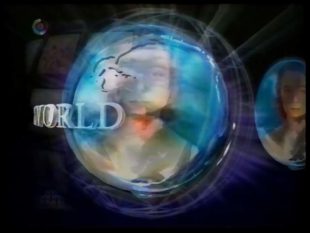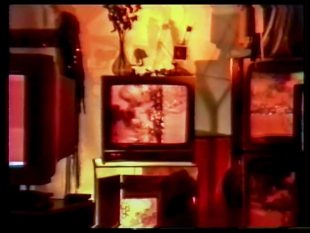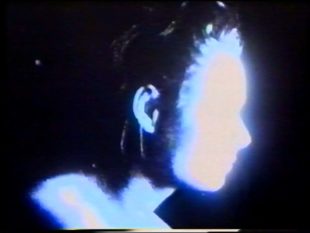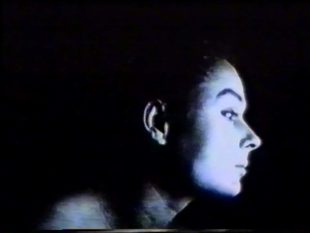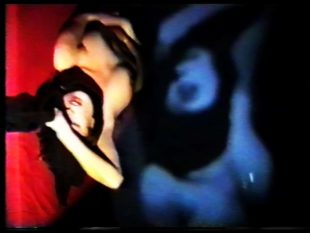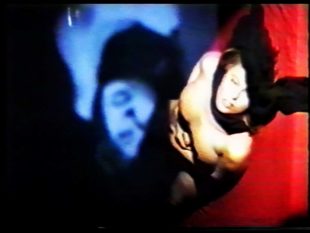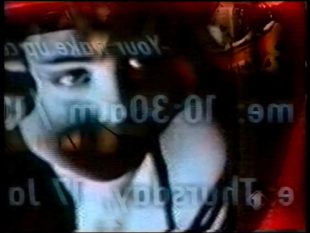
Around 1986, André Werner and Wolfram Odin started a series of anonymous public interventions in the art world. Subliminal messages popped up under the label A&O, incompatible reception systems. Eventually A&O became a gallery space in the center of Kreuzberg. The program covered a wide range of disciplines, from conceptual art to lectures and screenings of video art, mainly from Berlin and New York, partly in cooperation with the Mike Steiner video gallery (the only TV broadcaster solely dedicated to video art). The former mom-and-pop store served as the base for many art events and live video performances that would take place in other galleries, abandoned buildings or in the streets.

In 1994 Cosima Reif and André Werner started to develop a film entitled “In the Eye of the Hunter, In the Heart of the Collector”. It was an attempt to recap and concentrate the reflections on mass media that triggered all the happenings surrounding A&O. The film was never finished but in retrospect the script may be read as a manifesto from that time.
It was never about cinema, this country for old men. It wasn’t even about video. It was about the final step into the holy grail. To enter the blue box, to finally become one with the pale blue rays.The video camera was the key to Aladdin‘s cave, and we thought we could gain control, reclaim our part of this beautiful intangible instant.
We expected an X-ray blue palace. It turned out to be a rabbit-hole.
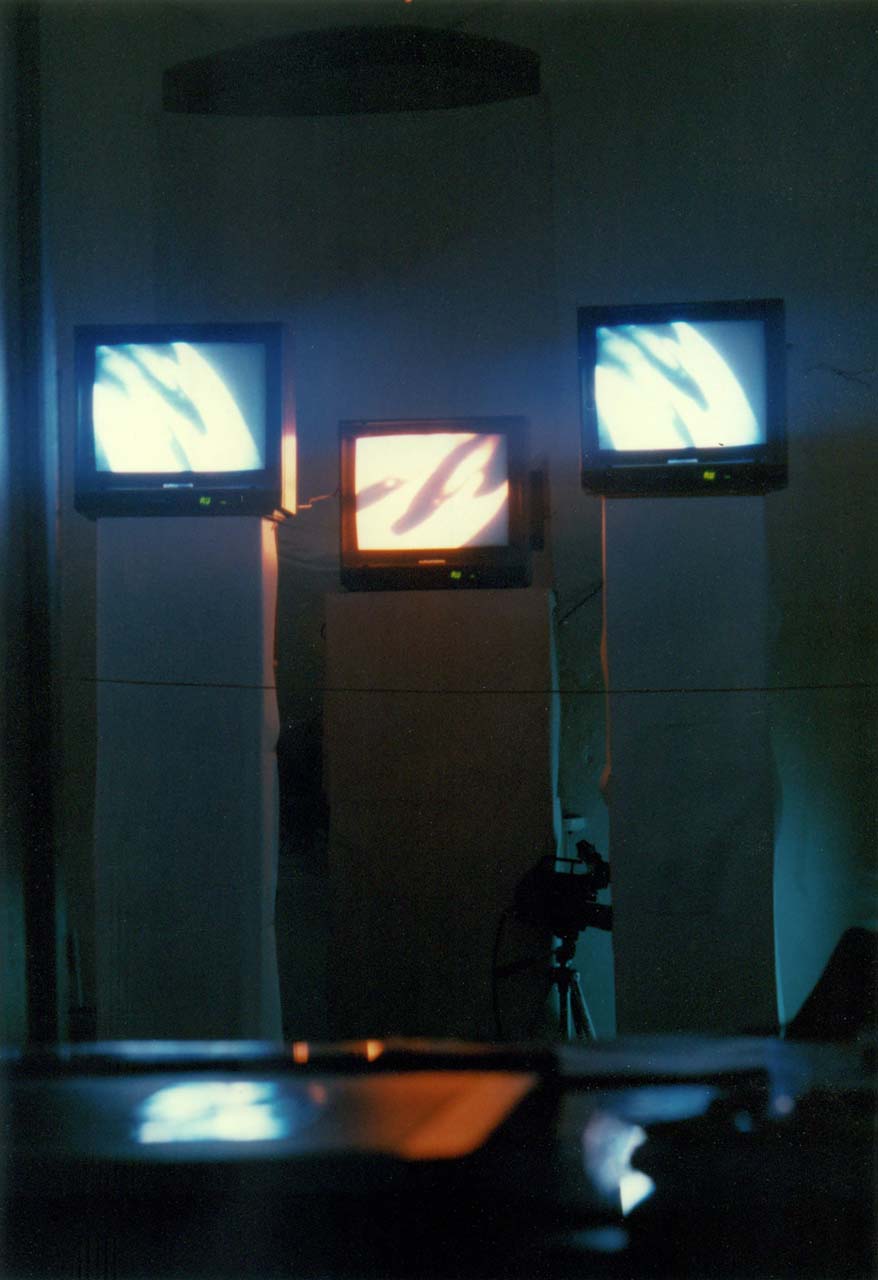
*A&O | Subliminal Perception Systems
The A&O Gallery, a follow up of the art guerilla project of the same name, was one of the few art spots that regularly presented video art from Berlin and New York.

A phone rings, the collector of images (faceless):
Yes, I’ve received the letter. ….Let me try.
Hold on, that‘s no longer the issue.
Take an analogy: We’ve created the infrastructure for a new sky. Satellite by satellite. Nothing but a new habitat for the gods, perfect, by all our chances.
Now we have to leave it to the higher beings.
The collector of images:
We all have at most nothing more than a function of a priest. Each one is to consecrate himself to a small portion of images, trying to figure out what he can do for them. I myself collect images that lie. With a view to making them lie better. You have no idea to which extent pictures today have lost their ability to lie.
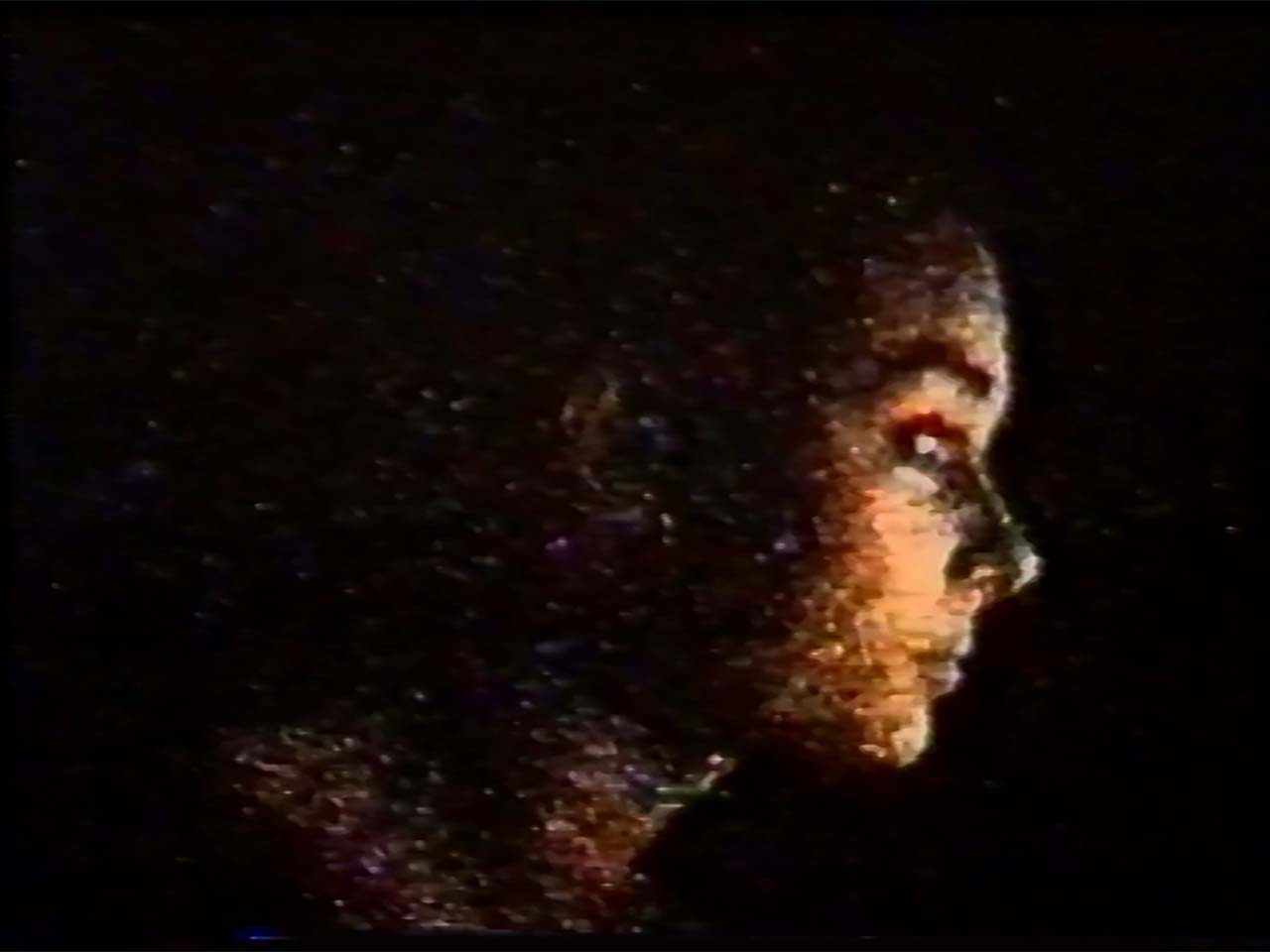
The voice of Dr. Hershey, reading a letter to the collector of images:
Dear collector of images, do you remember Lacan? Lacan states that the mirror initiates the process of the formation of the Ego—the „me“. Like the female dove, only reaching the reproductive age once she catches sight of the cock dove, the self-awareness of man is only formed through the perception of his own reflection. Cognition of the „me“ is followed by its defense, self-assertion and individualization. Nothing is more fragile than the „me“: All his life, man will search for expanded reflections, other people, his photographs. And all the other photographs he examines on a daily basis in search of himself.
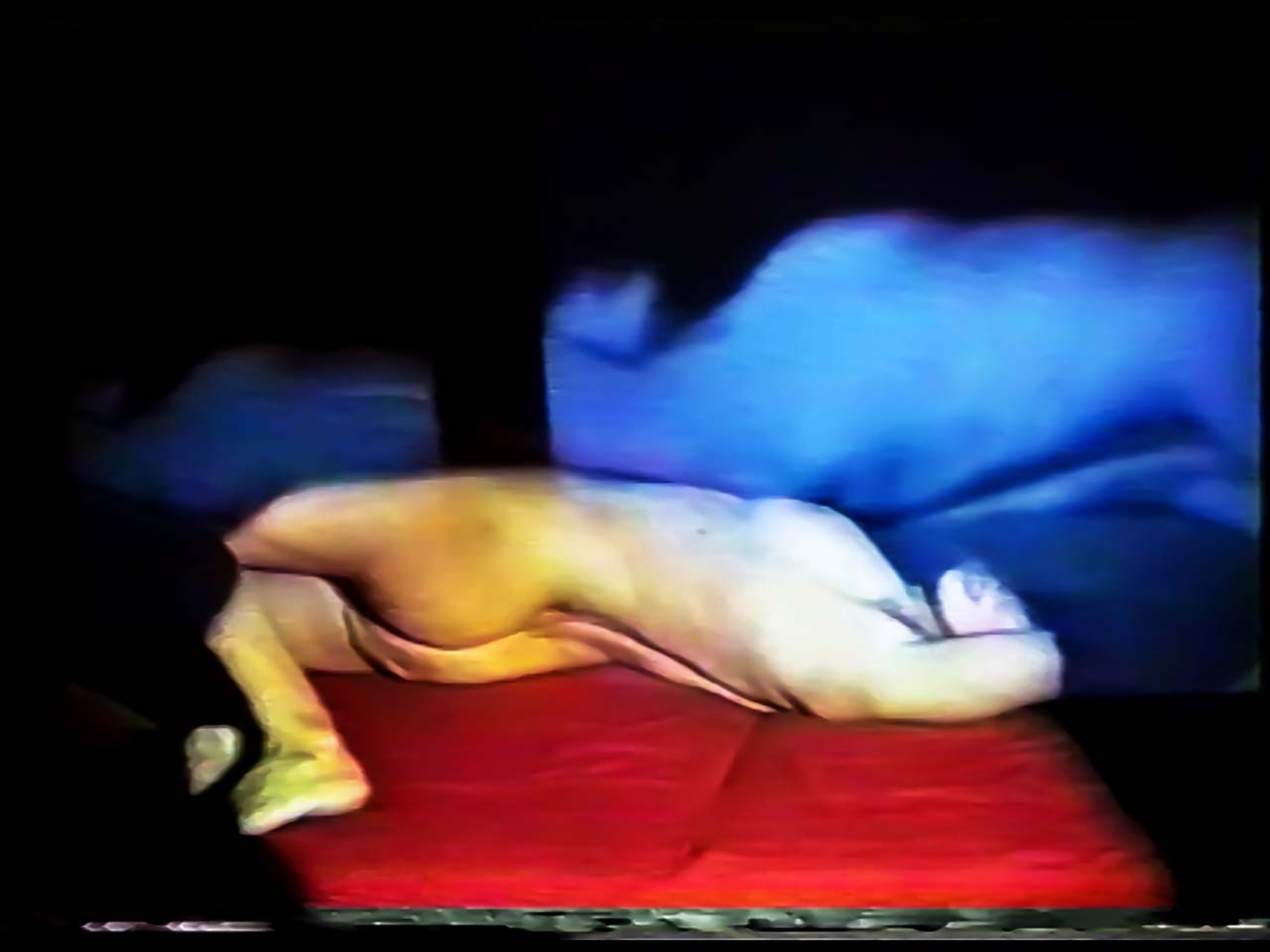
A letter arrives in an attractive workroom. A female hand breaks the seal on the envelope and a male voice reads aloud from the letter.
Dear researcher of imagery, what is behind the mirror? Half my life I have asked the pictures what goes on behind their backs. Little did it help. They admitted next to nothing. This is the situation: Once we’ve looked into the mirror long enough, we realize it lies. It lies because we lie. We only show the mirror what we want it to see. Like we do with the camera, once we are accustomed to it.
Indeed: the art of lying is to tell a story better than truth can. Better, more sparkling, more comforting or more disturbing. In any case, the truth is in an inferior position to the lie if men decide what they want to believe. A sundown by Turner is more expensive than any photo wallpaper because it tells a lie so much better.
I could almost feign fervour while lying, my good lady. I miss the lie in images. Visual artists in the 90s are barely able to show the truth, then their art is over.
Cut. A fax arrives at the collector of images. A female voice reads it:
Dear collector of images, I still don‘t know why we are photographing ourselves to death. Let us suppose the image is still the reflection we attempt to become like. Through television we find ourselves in a ubiquitous house of mirrors. An international mafia of images imagines they are able to illustrate our dreams. They broadcast the images enough times around the globe until we believe they are our very own dreams. A woman is broadcast into living rooms 10,000 times. What is the result? In the end, every teenager looks like a supermodel. Go out on the streets. See for yourself. It‘s like television. The daily routine has been repealed to such a degree that television is forced to invent banality. What got lost on the streets may find its museological refuge here in the four-cornered frame.
Dr. Hershey: A simple rite of passage. Pay the admission and you are allowed to poke your way in the dark. A Sunday image-devouring ritual.
The collector of images: Photographing is thus also a ritual. What is overlooked in the process?
Dr. Hershey: Trespasses. Passages. Change. Transformation. Approaching other people. Invading someone‘s private sphere. Photography was invented to make this digestible. Photography became significant; remember the heartwarming stiff images of the 19th century, with holiday pictures, wedding photographs, images of confirmations, school enrollments, and lying in state. There are not many more passages, watersheds in the life of a person.
The collector of images: Love. First job. First woman. First broken heart. First losses.
Dr. Hershey: One dies, becomes another. How dreadful if one completely ceased to be. Look at old class photos, I promise you‘ll suffer.
The collector of images: But video? Does it still hurt?
Dr. Hershey: Video was made exclusively for this decade. A certain rite of passage is slowly becoming essential: A millennium is lying on its deathbed. We can hear the death rattle. In spite of techno music, the death rattle permeates everything. Therefore, we put the video camera to our eye, drinking, swigging and guzzling in advance of ourselves?
The collector of images: We are afraid of living in a year with three zeros. The faster the turn of the millennium approaches, the more hectically we photograph time.
Dr. Hershey: My God! Our elixir of life is dying. Time is coming to an end. The last exercise is to photograph time.
The collector of images: Did you ever wonder why the the glass screen of the television picture tube is so impenetrable? You‘ll need a bigger caliber to shoot through it.
Dr. Hershey: Well, it‘s guarding the sanctum. A sacrament. For example, pornography ….
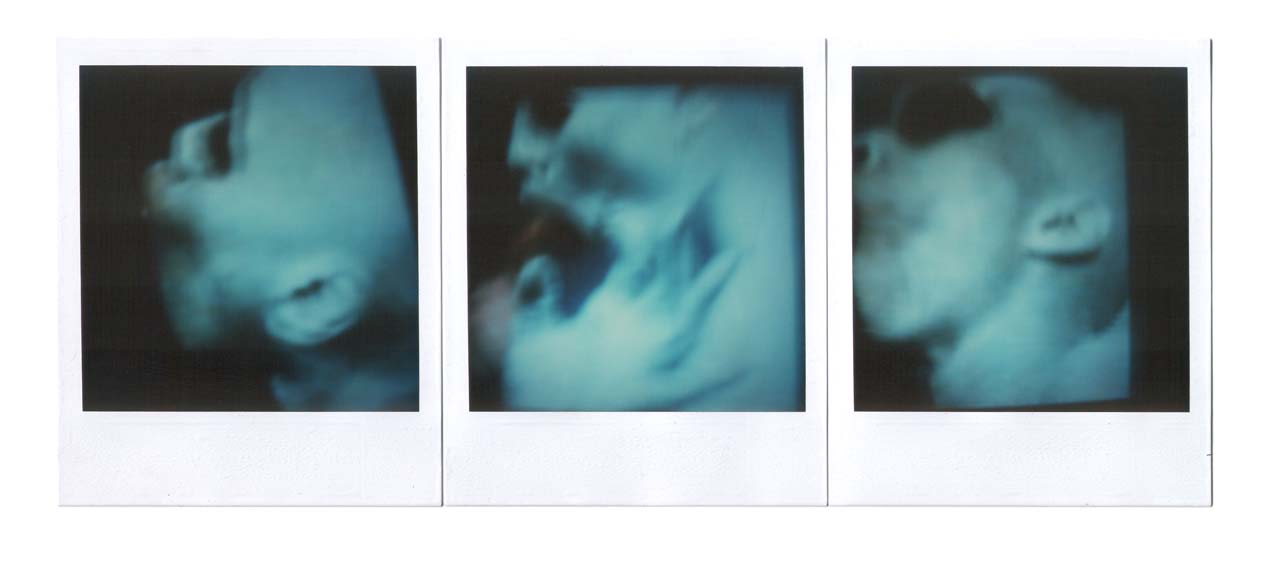
The collector of images: The substitution of the final transition. The greatest of all passages. But here we can feel free to dive deeper: We are obliterating sexuality by photographing it. We try to keep it alive by staging it, but only in its domesticated form. If we shoot sexuality in all its ordinariness, we do so solely because we cannot cope with its blatant ordinariness anymore. If we shoot it, we obliterate it. We have it in the can. In the dollhouse of life.
Dr. Hershey: To be watched. Behind bulletproof glass.
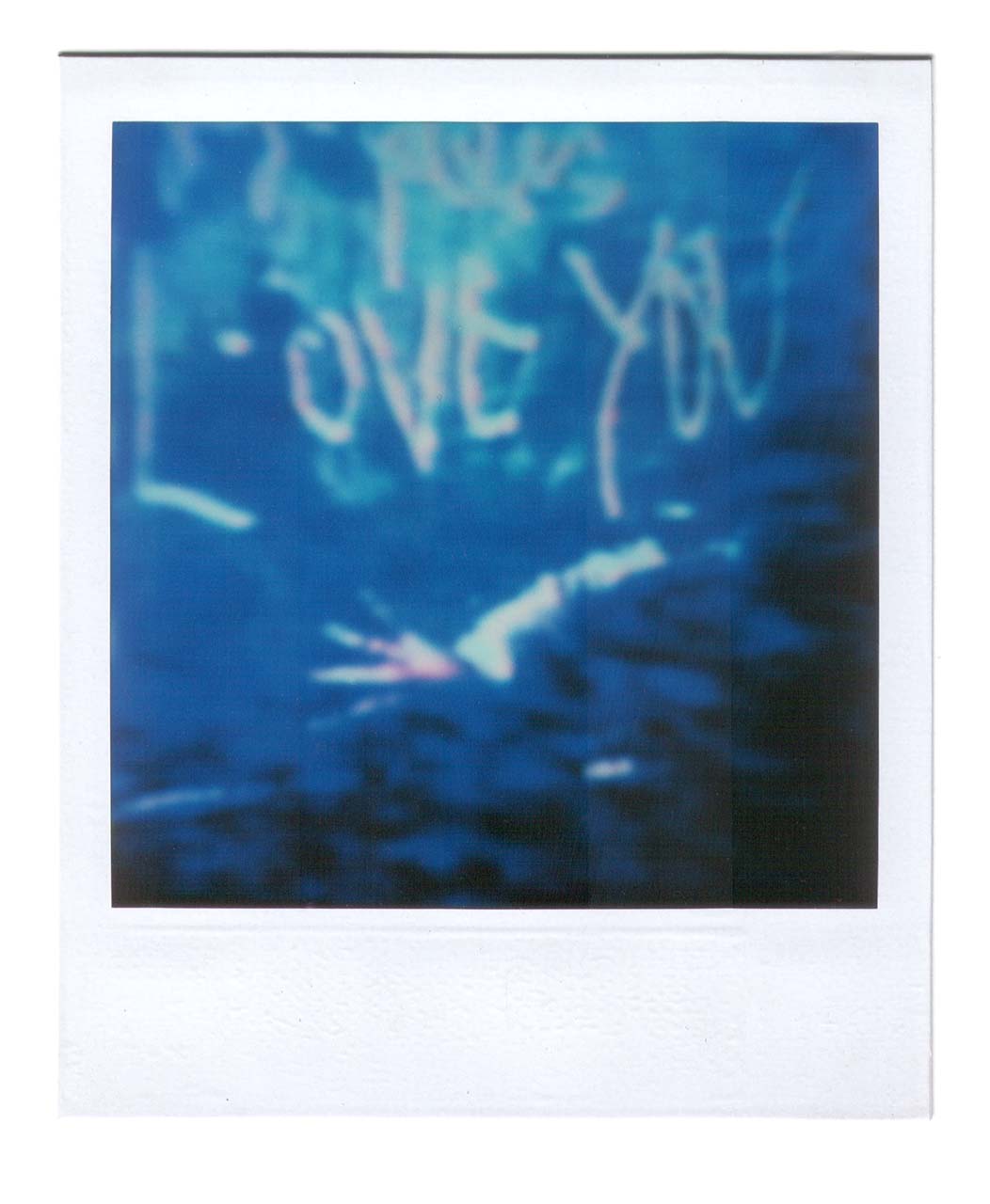
All dialogues and video stills (unless otherwise stated) are from the (unfinished) film „In the Eye of the Hunter, In the Heart of the Collector“ by Cosima Reif and André Werner, 1994.
